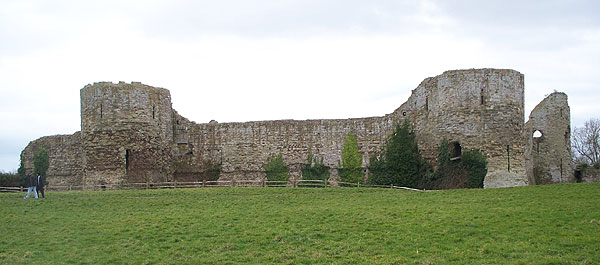 English Heritage
English Heritage
Pevensey Castle was founded around AD 270 as a Roman fort called Anderida, defending the Bay of Pevensey. After the end of Roman rule in Britain, the walls sheltered a settlement until at least the fifth century.
In 1066, the ruinous Roman defences were refortified by William the Conqueror, and a great Norman castle developed in one corner of the Roman enclosure. By the early sixteenth century, the castle was abandoned.
The site was briefly remanned in Tudor times, and also in World War II, in response to threatened invasions.
The size of the Roman enclosure is impressive, and the walls stand to nearly their full height over much of the perimeter. The walls and towers of the medieval inner bailey mostly stand, but the keep is very ruined and little remains of the upper floors.
The castle was besieged four times in the medieval period and the keep underwent substantial alterations in the 14th century.
The machine-gun nests and the refitting of several towers for accommodation as carried out in WWII can still be seen today.
A basement room near the gate can be entered by descending steps. It was used as a prison. Another can only be accessed by a hole in the roof and may have been an ‘oubliette’.
The castle is well worth a visit if you are in the area. Access to the outer bailey is unrestricted, but entry to the castle inner bailey is chargeable. If you have time, walk or drive around the outside of the outer wall.
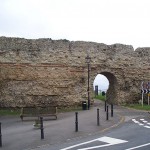
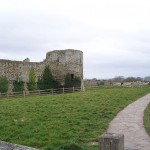
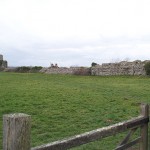
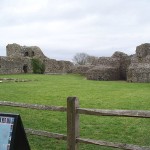
Skip to content
Author Kim J Cowie's travel blog
